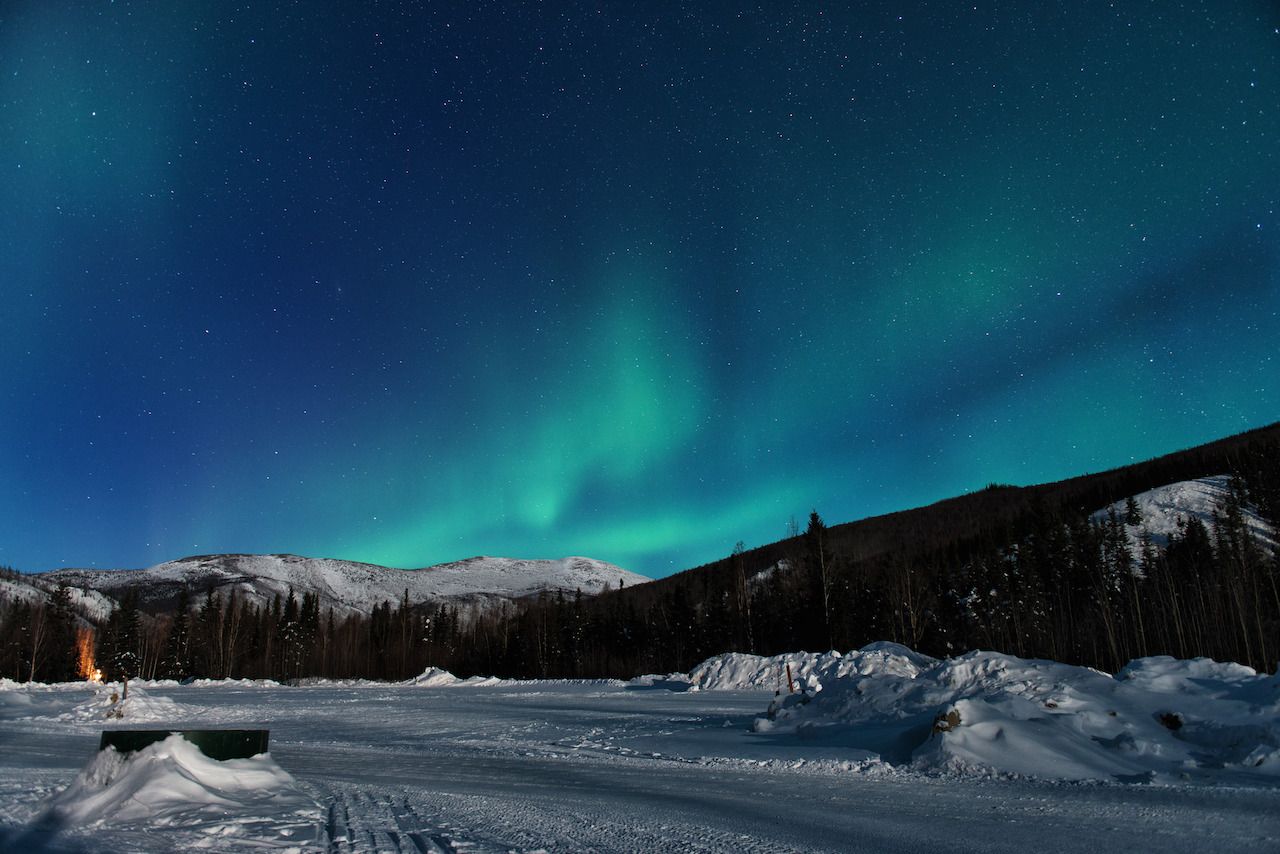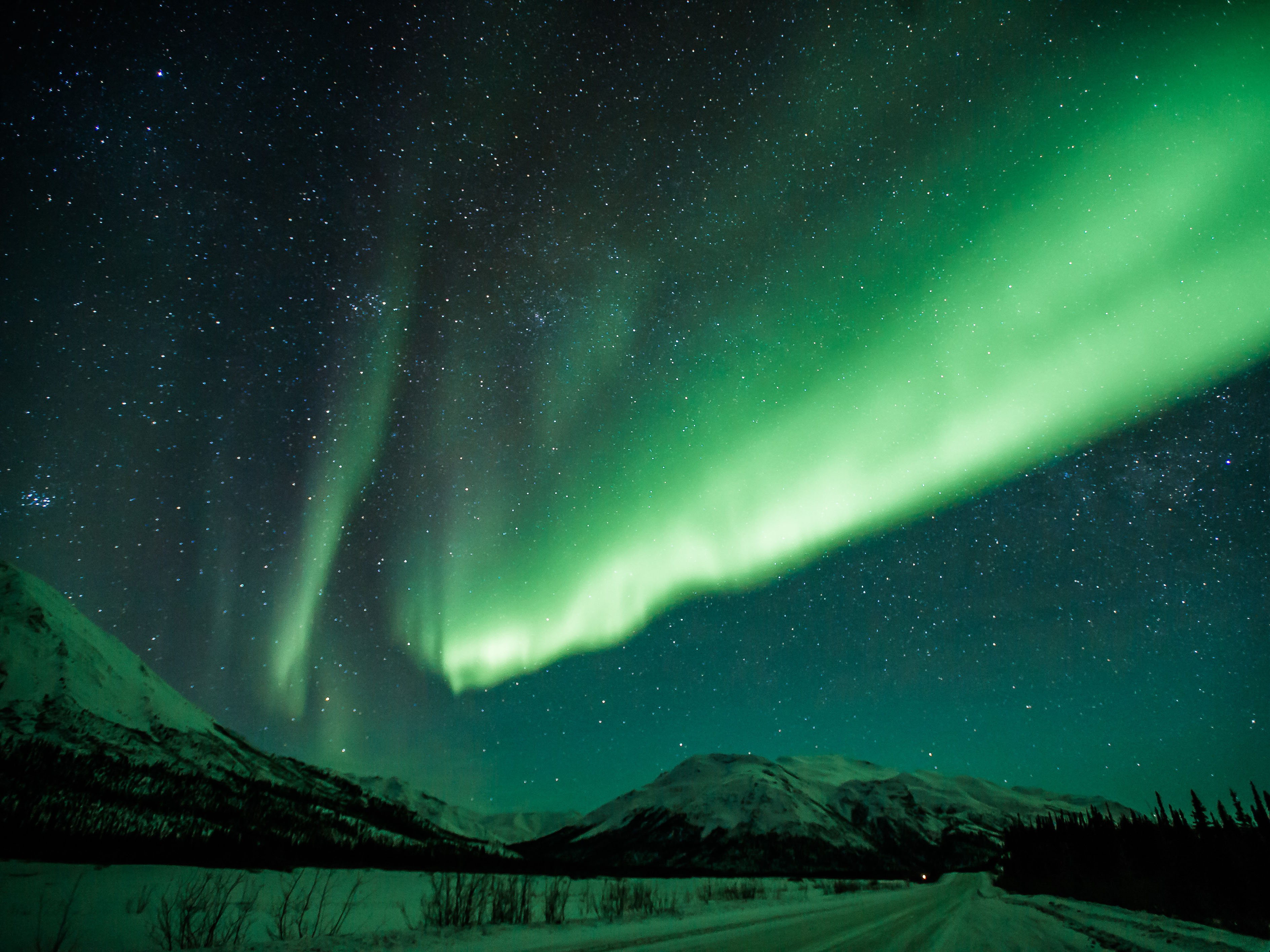

In the heart of winter, a four-wheel-drive vehicle is a must. Nothing fosters a sense of community quite like staying up until 3:00 AM to see a celestial event that may never actually happen.Ībout 22 miles north of Fairbanks, Clearly Summit has the potential to be a much more rugged aurora experience. You’ll likely be sharing the venue with over a dozen others, all waiting to see the same epic phenomenon. Aurora Pointe is equipped with coffee, board games, cards, and professionally taken aurora photographs to keep you entertained while you wait for the lights. Located about 20 minutes from town, this building sits on 280 acres of private land, and is designed to make aurora viewing as painless as possible. One of the best and most convenient places to see the aurora is Aurora Pointe, newly opened in 2018 with the express purpose of giving people a venue for viewing the lights. While Fairbanks isn’t exactly New York City, and on occasion you can definitely see the lights from your hotel parking lot, the ideal viewing experience will bring you a bit farther afield and away from light pollution. It’ll take a bit more effort than just booking a flight and showing up in Fairbanks, however, to actually have a memorable northern lights experience. Photo: Aurora Pointe Activity Center/Facebook The lights appear so frequently above Fairbanks that people staying at least three nights - and actively keep their eyes peeled for the lights - increase their chances of seeing the aurora by 90 percent. Fairbanks’s distance from the coast and low precipitation results in consistently clear nights. But regardless of solar activity, if the skies are cloudy you won’t even be seeing stars, much less the northern lights.

A heavy concentration of solar activity happens here, which is the most important factor for predicting an appearance of the aurora borealis. Fairbanks sits at a latitude of 64.8 degrees, and is widely considered by Alaskans to be the best place for viewing the phenomenon.įairbanks is ideally located under the “Auroral Oval,” a ring-shaped zone over the far north where aurora activity is at its highest. Quite simply, it’s just farther north than everywhere else in the country. If you’re really lucky, and if solar activity is extremely high, you might be able to glimpse the aurora from northerly states like Minnesota, Michigan, and Maine, but to have a consistent chance of seeing the lights all winter, Alaska reigns supreme. Fairbanks is the unofficial aurora capital of the US This means if you plan a trip to Alaska within the next year or two, your chances of seeing the aurora are significantly higher. Right now, we’re approaching peak solar activity, with the solar maximum expected to occur between 20. The more solar activity, the higher the likelihood of seeing the aurora. Sunspot activity operates on an 11-year cycle, with the number of sunspots and solar flares increasing in frequency until the solar maximum is reached. The most important factor in predicting the aurora’s appearance is sunspot and solar flare activity. Unfortunately, it takes more than a clear day to be certain of spotting aurora activity. (Earth’s atmosphere reaches 300 miles high.) Blue-violet and red colors appear below 60 miles, bright green is strongest between 60 and 150 miles, and ruby reds appear when the ions are more than 150 miles above Earth.


The color is also affected by altitude, since the ions collide with different gases, depending on the elevation above Earth. The striking colors of the aurora change depending on the types of atoms and ions colliding with the atmosphere. The result is dazzling, as light shifts and courses throughout the sky. However, these currents of charged particles flow into the northern and southern polar regions, since the magnetic field is weaker there. When one of these ejections reaches our planet two or three days later, it collides with Earth’s magnetic field, which deflects the solar flares. The aurora originates on the surface of the sun, when solar activity produces a gas cloud called a coronal mass ejection (CME). The northern lights are a natural celestial phenomenon, called aurora borealis in the north and aurora australis in the south. Everyone knows what the northern lights look like, but the science behind what actually causes them tends to be more mystifying.


 0 kommentar(er)
0 kommentar(er)
